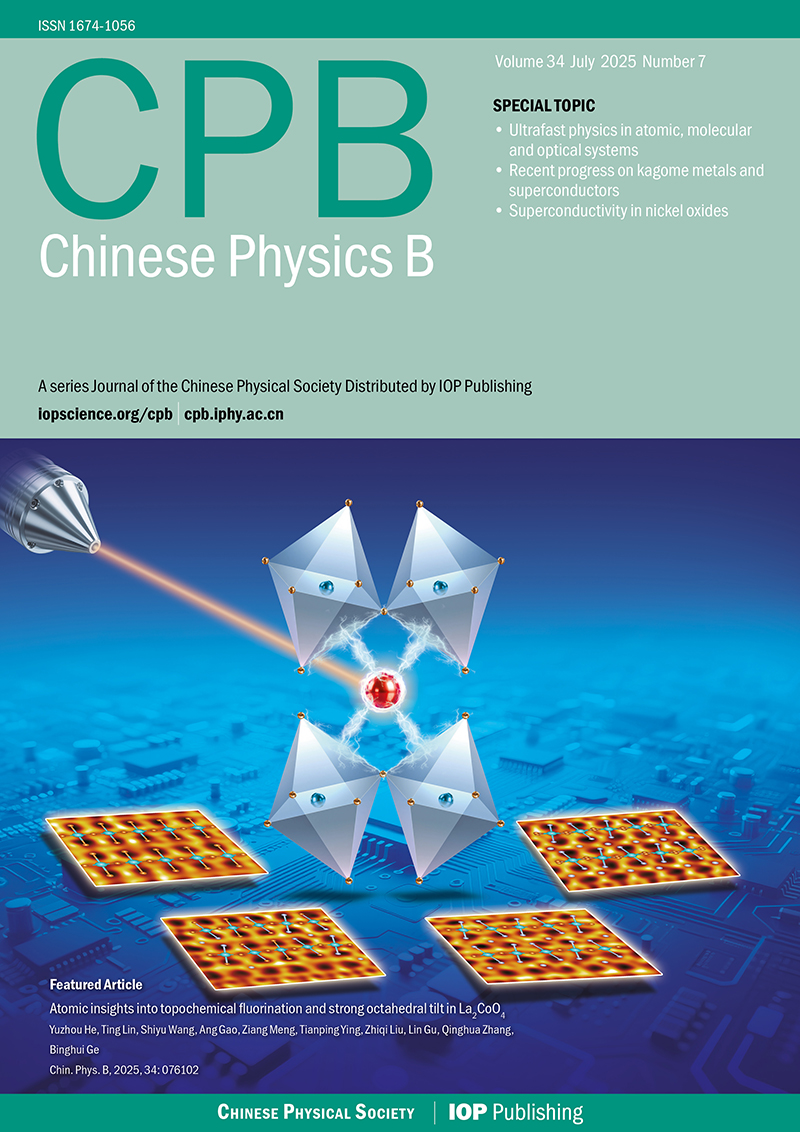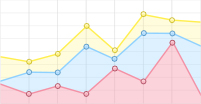|
Tang Y, Yang Z, Yao Y, Zhou Y, Tan Y, Wang Z, Pan T, Xiong R, Sun J and Wei G 2024 Chin. Phys. B 33 030701
Google Scholar
Pub Med
|
|
Weininger D 1988 Journal of Chemical Information and Computer Sciences 28 31
Google Scholar
Pub Med
|
|
Weininger D, Weininger A and Weininger J L 1989 Journal of Chemical Information and Computer Sciences 29 97
Google Scholar
Pub Med
|
|
Weininger D 1990 Journal of Chemical Information and Computer Sciences 30 237
Google Scholar
Pub Med
|
|
Kingma D P 2013 arXiv:1312.6114 [stat.ML]
Google Scholar
Pub Med
|
|
Cho K, Van Merrienboer B, Gulcehre C, Bahdanau D, Bougares F, Schwenk H and Bengio Y 2014 arXiv:1406.1078 [cs.CL]
Google Scholar
Pub Med
|
|
Gómez-Bombarelli R, Wei J N, Duvenaud D, Hernández-Lobato J M, Sánchez-Lengeling B, Sheberla D, Aguilera-Iparraguirre J, Hirzel T D, Adams R P and Aspuru-Guzik A 2018 ACS Central Science 4 268
Google Scholar
Pub Med
|
|
Olivecrona M, Blaschke T, Engkvist O and Chen H 2017 Journal of Cheminformatics 9 48
Google Scholar
Pub Med
|
|
Popova M, Isayev O and Tropsha A 2018 Science Advances 4 eaap7885
Google Scholar
Pub Med
|
|
Ho J, Jain A and Abbeel P 2020 Advances in Neural Information Processing Systems 33 6840
Google Scholar
Pub Med
|
|
Gong H, Liu Q, Wu S and Wang L 2024 Proceedings of the AAAI Conference on Artificial Intelligence,February 20-27, 2024, Vancouver, Canada, p. 109
Google Scholar
Pub Med
|
|
Irwin R, Dimitriadis S, He J and Bjerrum E J 2022 Machine Learning: Science and Technology 3 015022
Google Scholar
Pub Med
|
|
Wang S, Guo Y, Wang Y, Sun H and Huang J 2019 Proceedings of the 10th ACM international conference on bioinformatics, computational biology and health informatics, September 7-10, 2019, Niagara Falls, NY, USA, p. 429
Google Scholar
Pub Med
|
|
Edwards C, Lai T, Ros K, Honke G, Cho K and Ji H 2022 2022 Conference on Empirical Methods in Natural Language Processing p. 375
Google Scholar
Pub Med
|
|
Irwin R, Dimitriadis S, He J and Bjerrum E J 2022 Machine Learning: Science and Technology 3 015022
Google Scholar
Pub Med
|
|
Weininger D, Weininger A and Weininger J L 1989 Journal of Chemical Information and Computer Sciences 29 97
Google Scholar
Pub Med
|
|
Heller S R, McNaught A, Pletnev I, Stein S and Tchekhovskoi D 2015 Journal of Cheminformatics 7 23
Google Scholar
Pub Med
|
|
O’Boyle N and Dalke A 2018 chemrxiv.7097960.v1
Google Scholar
Pub Med
|
|
Krenn M, Häse F, Nigam A, Friederich P and Aspuru-Guzik A 2020 Machine Learning: Science and Technology 1 045024
Google Scholar
Pub Med
|
|
Wu J N, Wang T, Chen Y, Tang L J, Wu H L and Yu R Q 2024 Nat. Commun. 15 4993
Google Scholar
Pub Med
|
|
Yi Q, Chen X, Zhang C, Zhou Z, Zhu L and Kong X 2024 PeerJ Computer Science 10 e1905
Google Scholar
Pub Med
|
|
Li X, Thickstun J, Gulrajani I, Liang P S and Hashimoto T B 2022 Advances in Neural Information Processing Systems 35 4328
Google Scholar
Pub Med
|
|
Vaswani A, Shazeer N, Parmar N, Uszkoreit J, Jones L, Gomez A N, Kaiser L and Polosukhin I 2017 Proceedings of the 31st International Conference on Neural Information Processing Systems, December 4-9, 2017, Long Beach, California, USA, p. 6000
Google Scholar
Pub Med
|
|
Austin J, Johnson D D, Ho J, Tarlow D and Van Den Berg R 2021 Advances in Neural Information Processing Systems 34 17981
Google Scholar
Pub Med
|
|
Hoogeboom E, Satorras V G, Vignac C and Welling M 2022 International conference on machine learning, July 17-23, 2022, Baltimore, Maryland, USA, p. 8867
Google Scholar
Pub Med
|
|
Xu M, Yu L, Song Y, Shi C, Ermon S and Tang J 2022 arXiv:2203.02923 [cs.LG]
Google Scholar
Pub Med
|
|
Papinesi K 2002 Proc. 40th Actual Meeting of the Association for Computational Linguistics (ACL), July 7-12, 2002, Philadelphia, Pennsylvania, p. 311
Google Scholar
Pub Med
|
|
Miller F P, Vandome A F and McBrewster J 2009 Levenshtein Distance: Information theory, Computer science, String (computer science), String metric, Damerau Levenshtein distance, Spell checker, Hamming distance (Alpha Press) 68
Google Scholar
Pub Med
|
|
Durant J L, Leland B A, Henry D R and Nourse J G 2002 Journal of Chemical Information and Computer Sciences 42 1273
Google Scholar
Pub Med
|
|
Schneider N, Sayle R A and Landrum G A 2015 Journal of Chemical Information and Modeling 55 2111
Google Scholar
Pub Med
|
|
Rogers D and Hahn M 2010 Journal of Chemical Information and Modeling 50 742
Google Scholar
Pub Med
|
|
Raffel C, Shazeer N, Roberts A, Lee K, Narang S, Matena M, Zhou Y, Li W and Liu P J 2020 Journal of Machine Learning Research 21 1
Google Scholar
Pub Med
|
|
Beltagy I, Lo K and Cohan A 2019 Proceedings of the 2019 Conference on Empirical Methods in Natural Language Processing and the 9th International Joint Conference on Natural Language Processing (EMNLP-IJCNLP), November, 2019, Hong Kong, China, p. 3615
Google Scholar
Pub Med
|
|
Devlin J, Chang M W, Lee K and Toutanova K 2019 Proceedings of the 2019 Conference of the North American Chapter of the Association for Computational Linguistics: Human Language Technologies, Volume 1 (Long and Short Papers), June 2-7, 2019, Minneapolis, Minnesota, p. 4171
Google Scholar
Pub Med
|

 首页
首页 登录
登录 注册
注册






 DownLoad:
DownLoad: